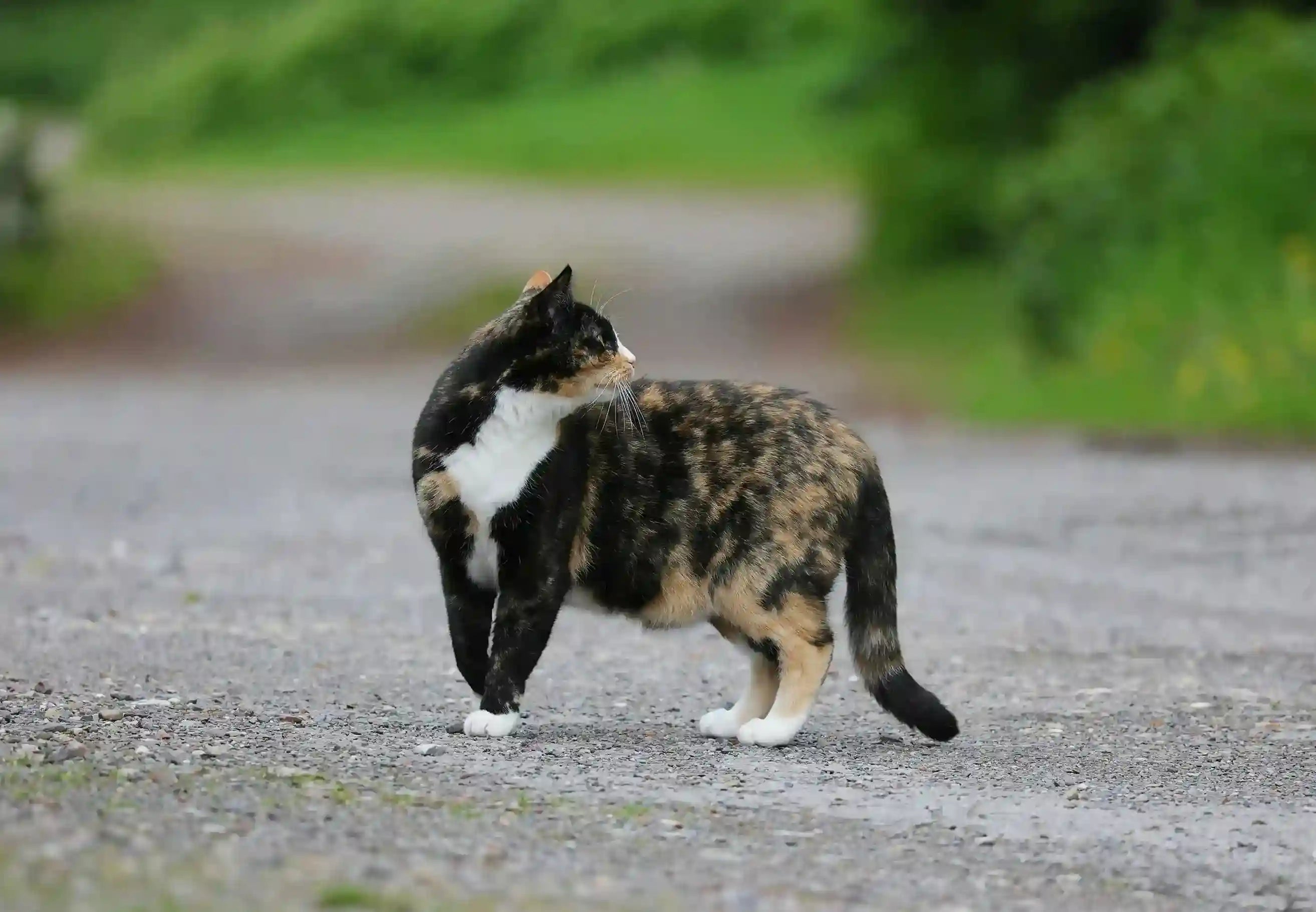In the UK, cats are 11 times more likely to go missing than dogs.* Surprising, isn’t it? Whilst dogs have a Lost Dog Awareness day (April 23rd) to highlight the best ways to keep our canine friends safe, there has yet to be an equivalent for cats.
Because of this, our friends at Identibase have introduced Lost Cat Awareness day on 15th September. This is a day dedicated to bringing awareness to lost cats and the simple but effective measures you can follow to keep tabs on them.
This guide will cover the precautions you should take to prevent your cat from going missing, what to do if this does happen, and the essential tools every cat owner should have at their disposal.
Why Do Cats Go Missing?
Whilst it might be easy to assume that cats, as independent and territorial as they are, will always return home, this is not always the case. Some common reasons why cats go missing include:
-
Curiosity or chasing prey too far from home
-
Being spooked by loud noises or unfamiliar surroundings
-
Moving house and trying to return to a more familiar area
-
Getting trapped in sheds, garages, or vehicles
-
Theft - especially pedigree breeds
Regardless of the reason, the outcome is extremely distressing for both you and your cat, so it’s important to be aware of how you can reduce the likelihood of your pet going missing.
7 Ways to Keep Your Cat Safe and Prevent Them From Getting Lost
1. Microchip Your Cat
Microchipping is one of the most effective ways to protect your pet. It’s a legal requirement in the UK (as of 10 June 2024) for all cats to be microchipped before the age of 20 weeks.
-
Ensure your cat is microchipped by a vet or qualified professional
-
The microchip should be registered with a DEFRA compliant microchip database
-
Keep your details up to date with the microchip database
-
If you’ve adopted or rehomed a cat, ensure the chip is transferred into your name so that you’re easily contactable
A registered and up to date microchip gives vets, rescuers, and animal wardens the ability to reunite you with your lost cat as quickly as possible.
2. Use a Secure Collar with an ID Tag
While microchipping is an essential requirement, a breakaway collar with an ID tag displaying your phone number helps passersby contact you if they spot your cat. This provides another way for others to identify your cat, so that you’re reunited as soon as possible.
3. Install a GPS Tracker
For outdoor cats or curious indoor cats, a GPS tracker can give you real-time location updates. Some trackers even offer virtual fences and activity logs.
4. Secure Your Home and Garden
Check for gaps in fences, open windows, or cat flaps that lead to unsafe areas. Keep garages, sheds, and balconies secure and cat-friendly wherever possible.
5. Create a Safe Outdoor Space
If you want your cat to enjoy the outdoors safely:
-
Build a catio (cat patio)
-
Use cat-proof fencing
-
Supervise their garden time
6. Provide Mental and Physical Stimulation Indoors
Cats who are sufficiently stimulated are less likely to try escaping. Toys, scratching posts, puzzle feeders, and climbing towers all help reduce their urge to roam.
7. Keep Photos and Identifying Info Up to Date
As if you need an excuse to take more photos of your cat! Regularly update your cat’s photos and note any distinguishing features. If your cat does go missing, this information is invaluable when creating lost pet posters or submitting reports to databases.
What to Do If Your Cat Goes Missing
Despite every precaution, sometimes cats do disappear. If it happens, it’s important to act as quickly as possible:
-
Search the immediate area - call their name calmly and shake treats or toys they respond to.
-
Check hiding spots - cats can get stuck in sheds, under decking, or even in neighbours’ garages.
-
Notify your microchip database - mark your pet as lost immediately.
-
Contact local vets and shelters - provide a photo and details.
-
Post on lost pet platforms and local social media groups
-
Use scent items - place your cat’s blanket or litter tray outside to help guide them home
Cats can often return home days or even weeks later, so don’t give up hope too soon.
For extra peace of mind, as well as ensuring you’re registered on a DEFRA-compliant microchip database, you may want to consider additional alert and tracking services like identialert. This will combine your cat’s Digital ID with a 24/7 UK-based pet recovery service, increasing the chances of finding your cat quickly by alerting local vets, rescuers and wardens for you, even creating missing pet posters and sharing them to social media.
The Importance of Being Prepared
With a registered microchip, updated contact details, and preventative tools like ID tags or trackers, you give your cat the best possible chance of being found quickly and safely.
Losing a cat is every pet keeper’s nightmare - but with preparation, awareness, and the right protection, you can reduce the risk dramatically. Use Lost Cat Awareness Day as your annual reminder to update your records, check your safety measures, and spread the word to fellow cat lovers!
*Based on cat and dog missing pet reports recorded on PetsReunited in 2024.

